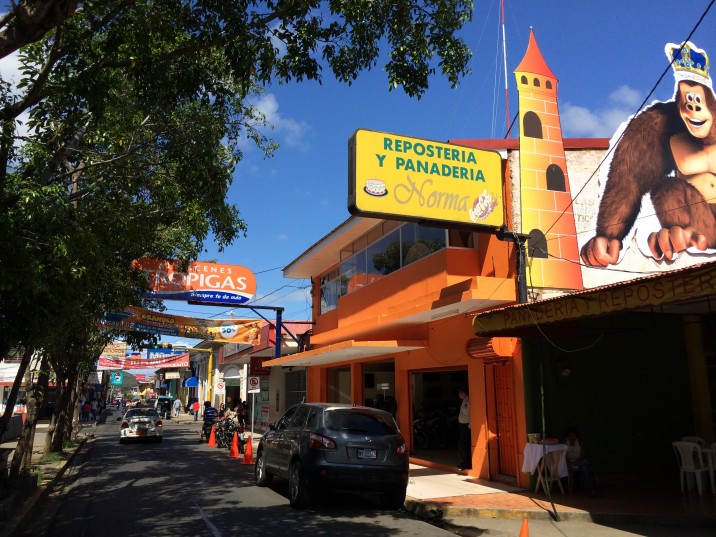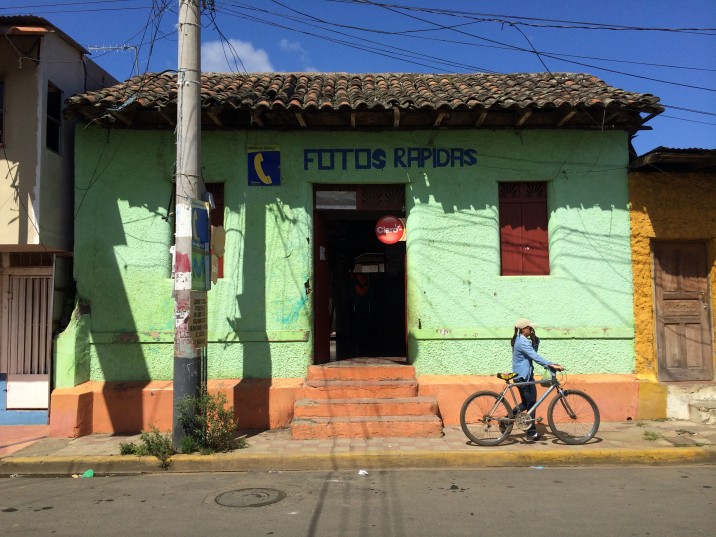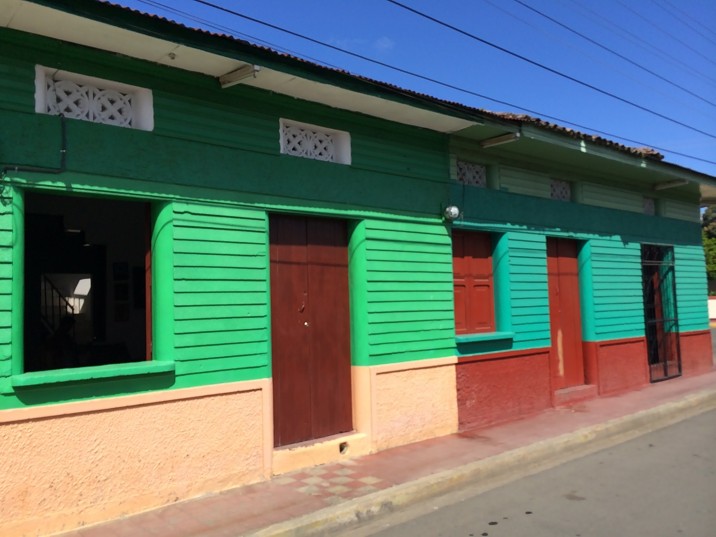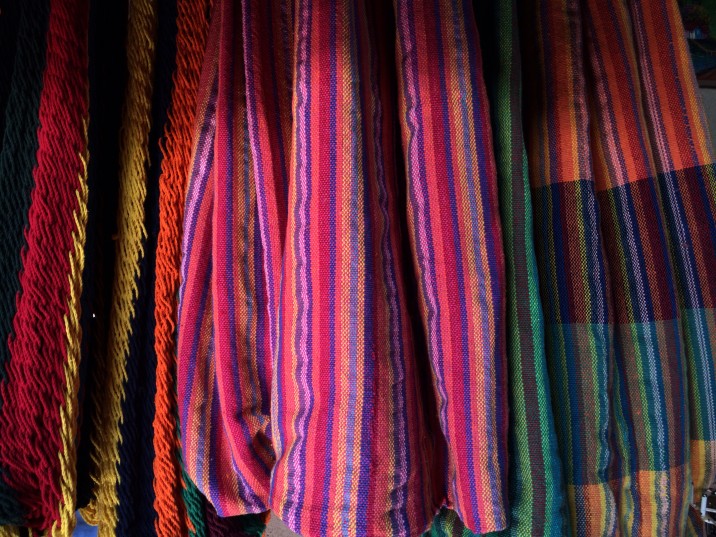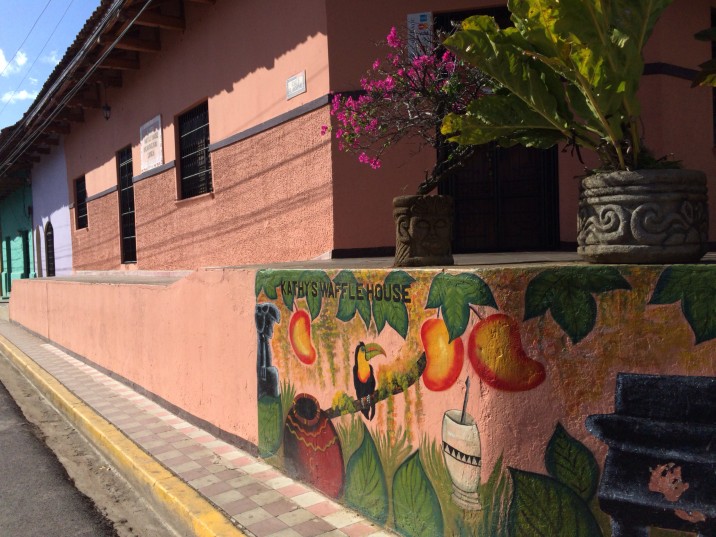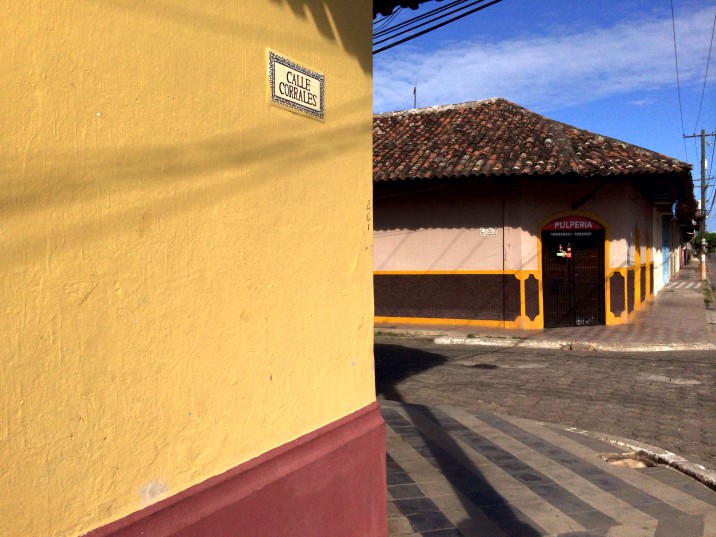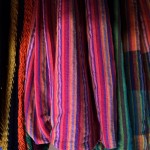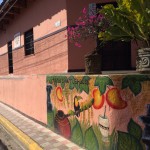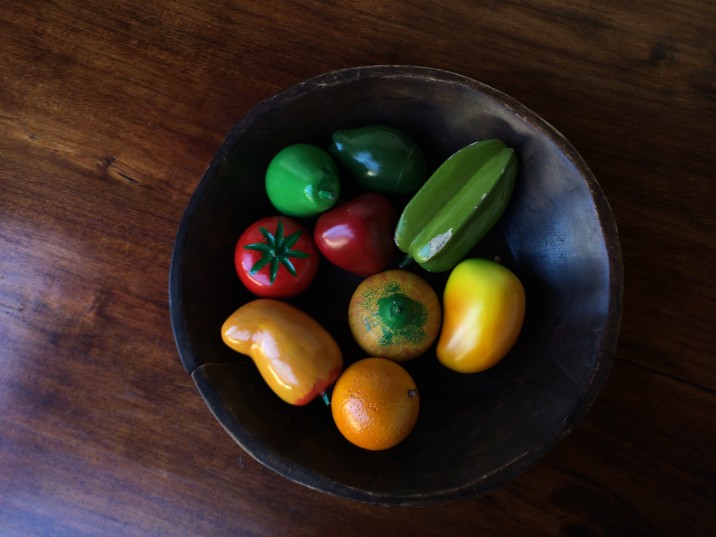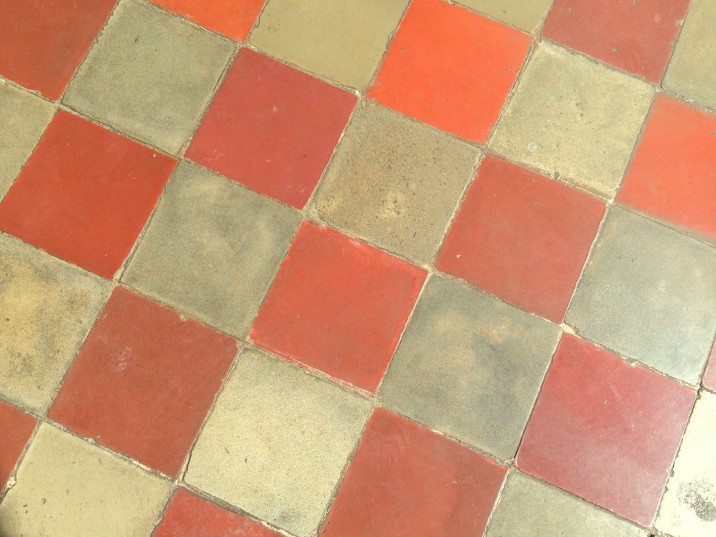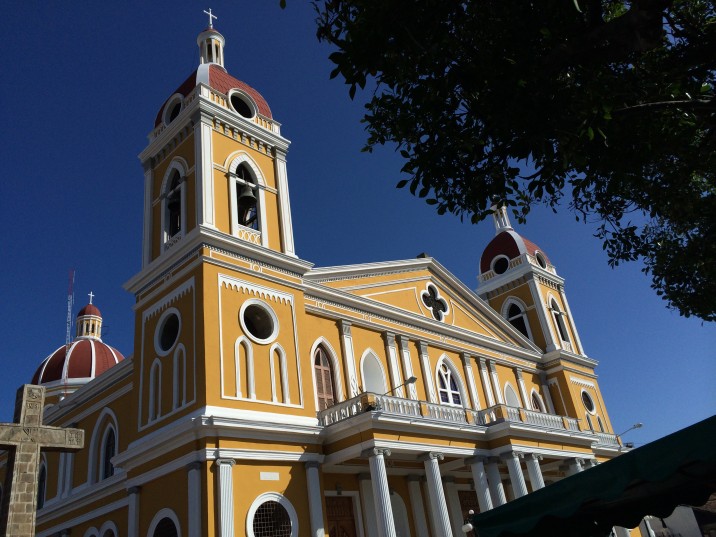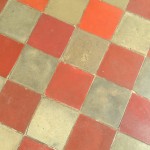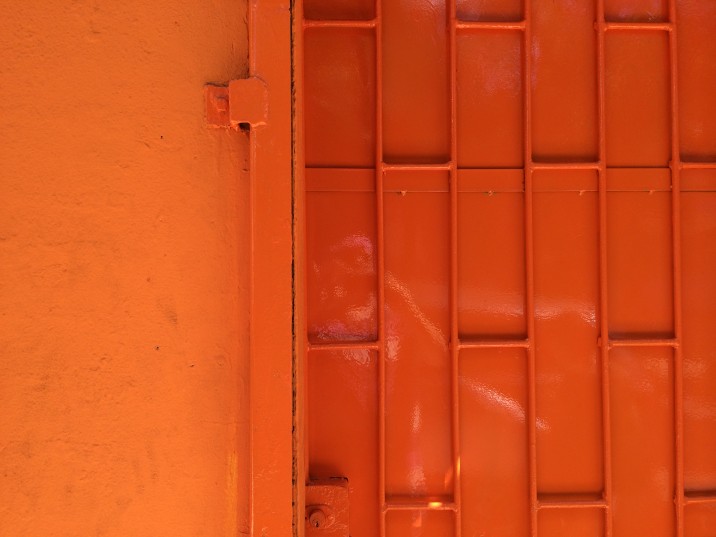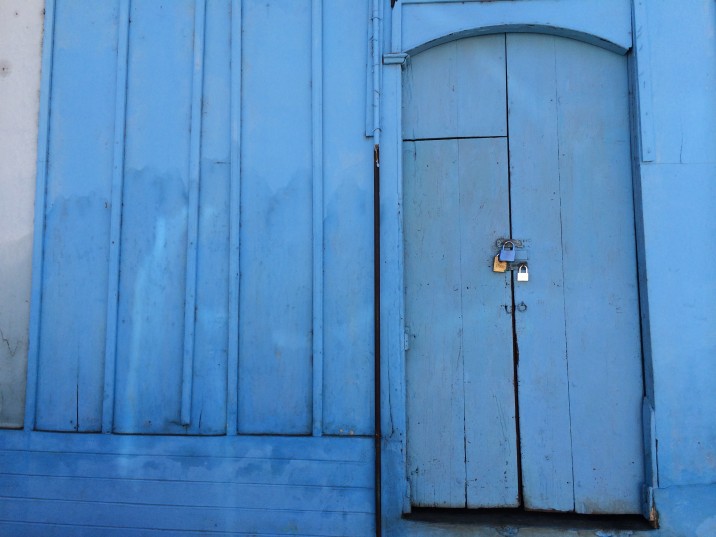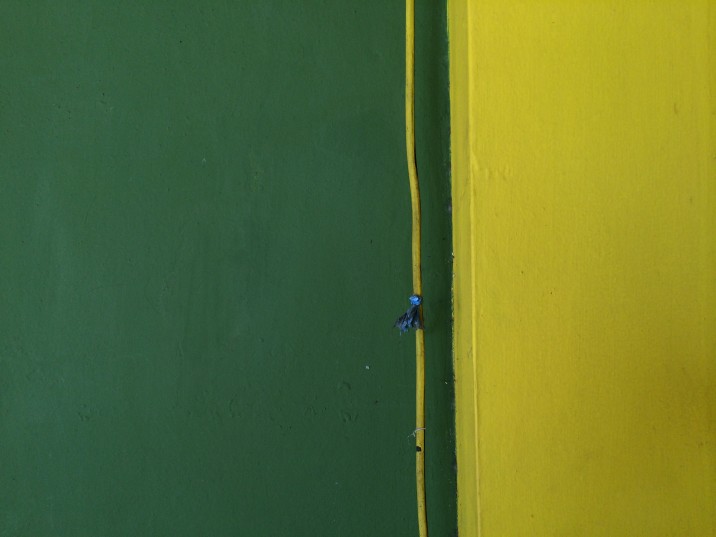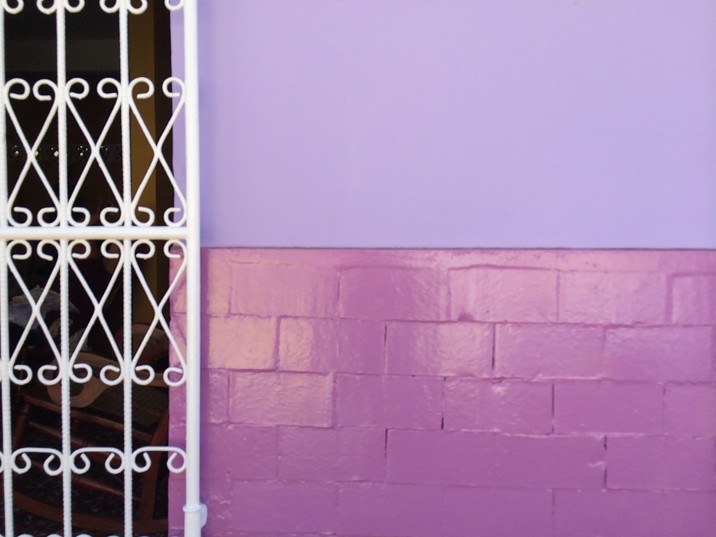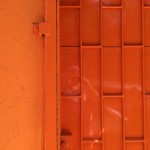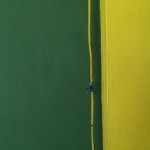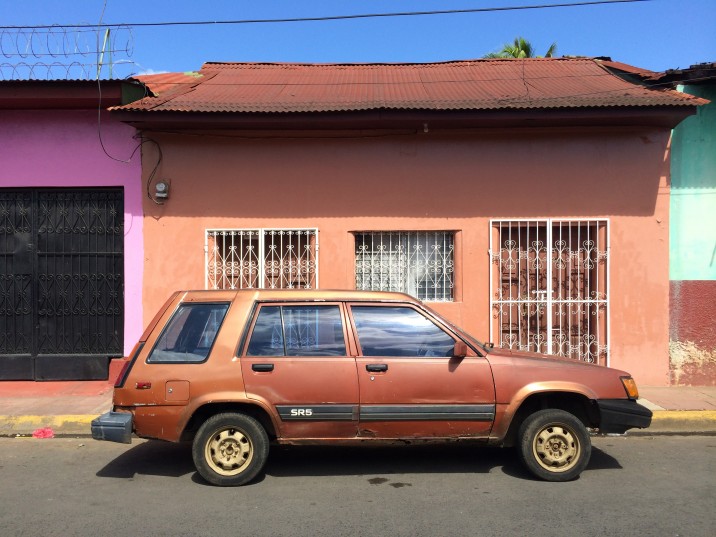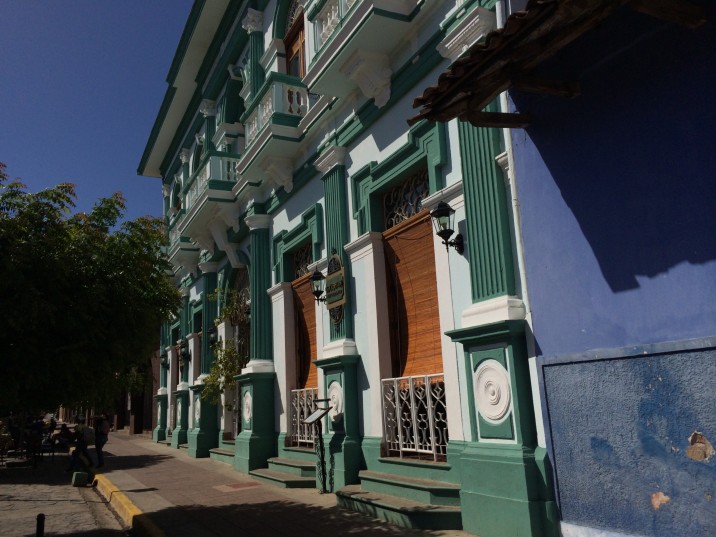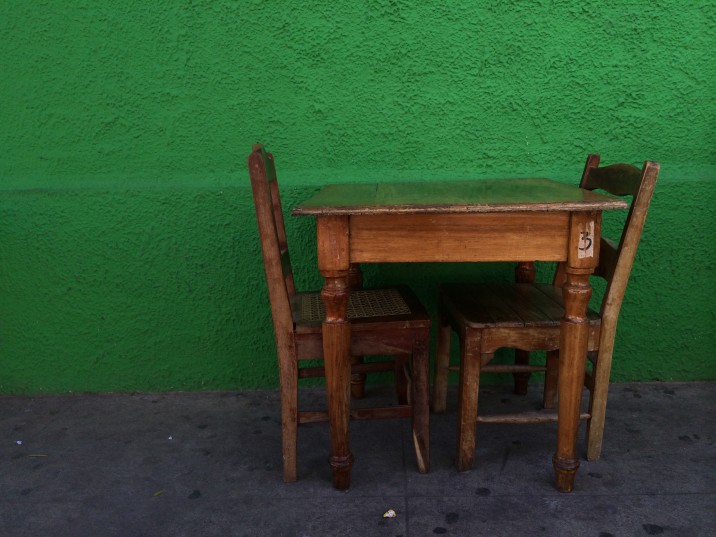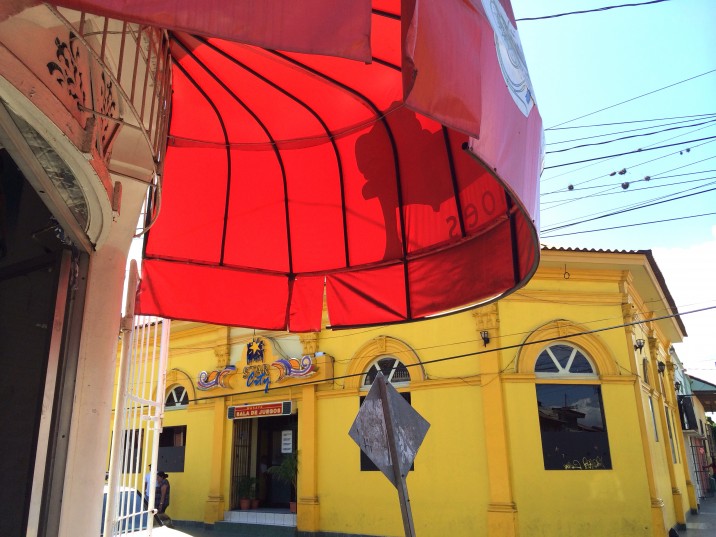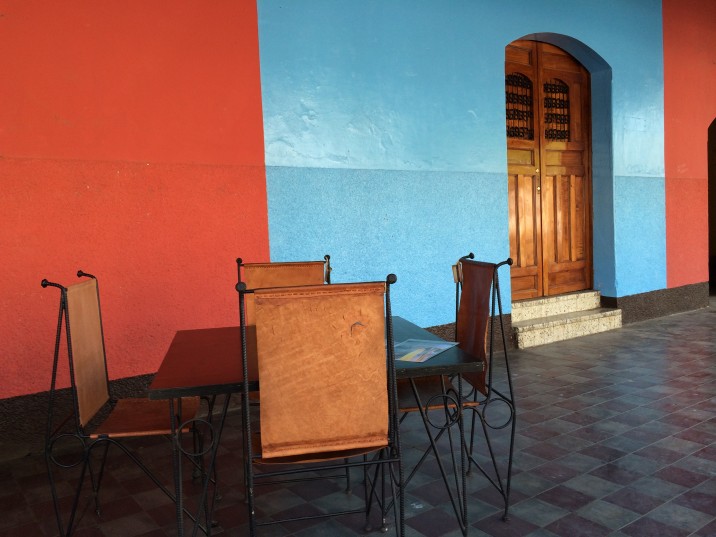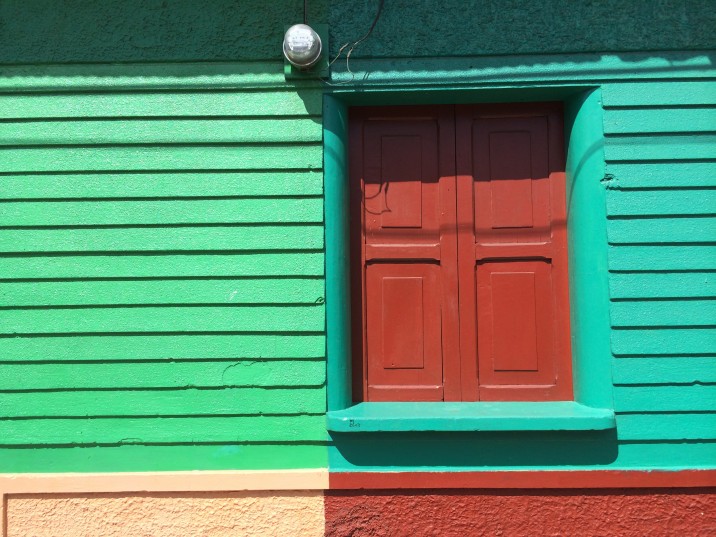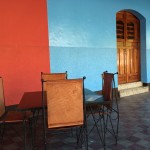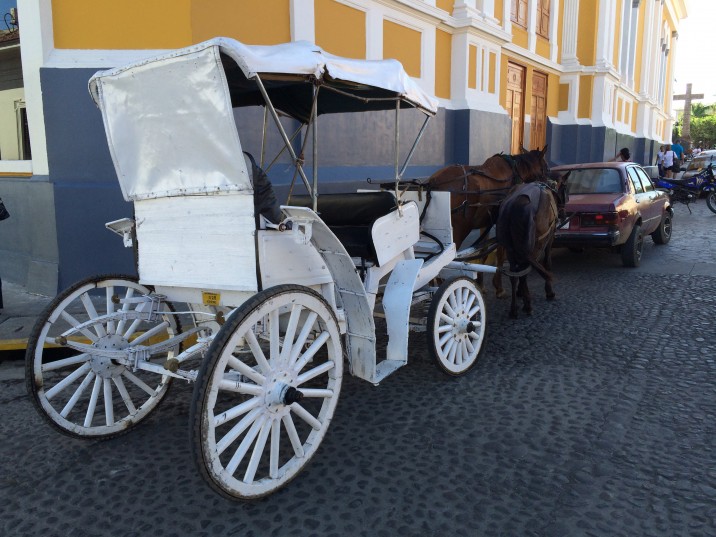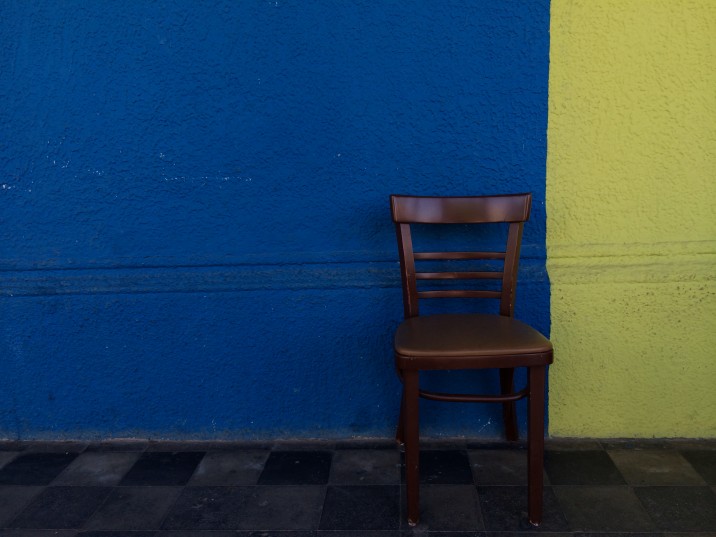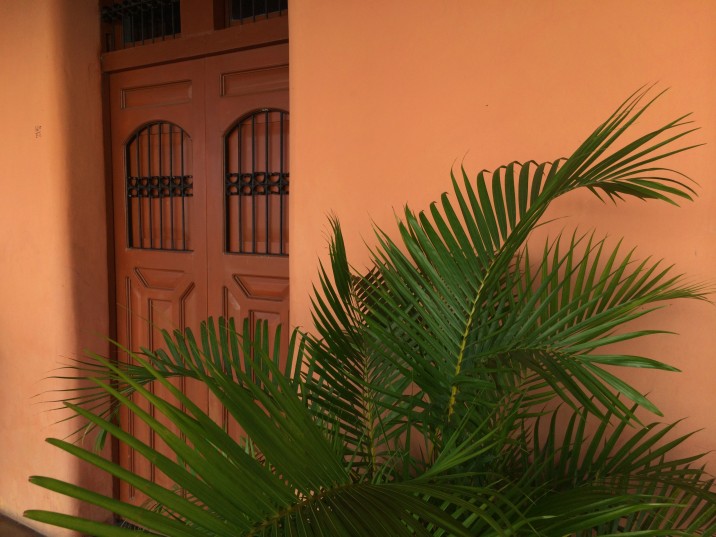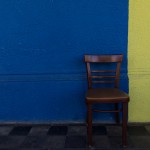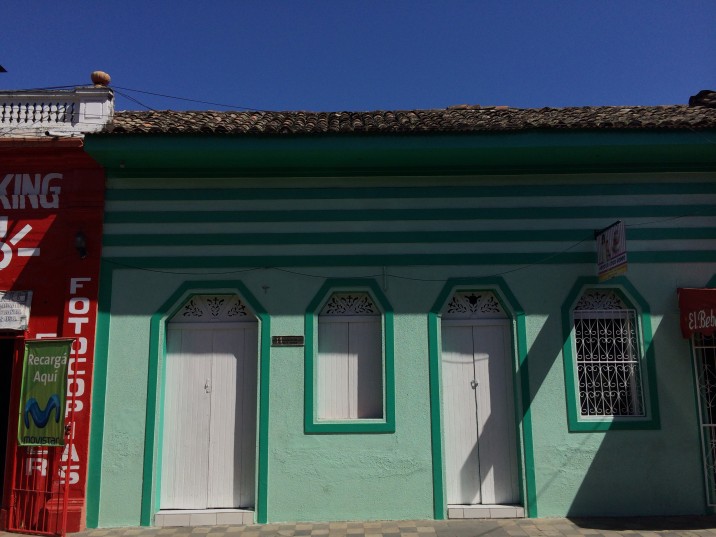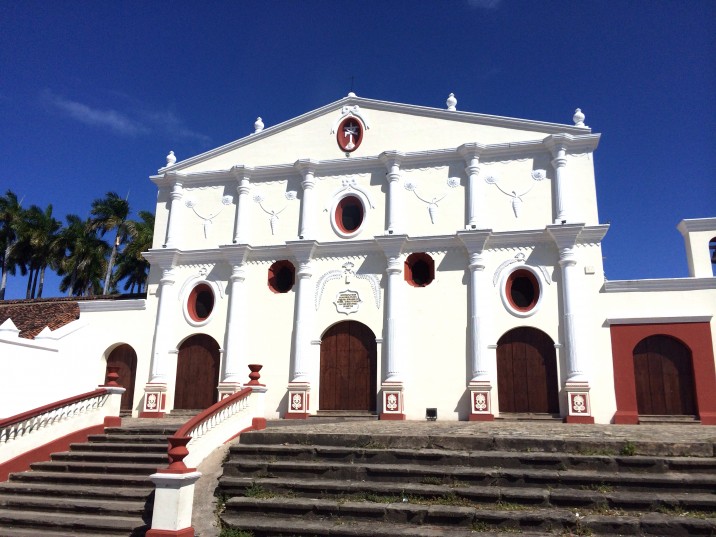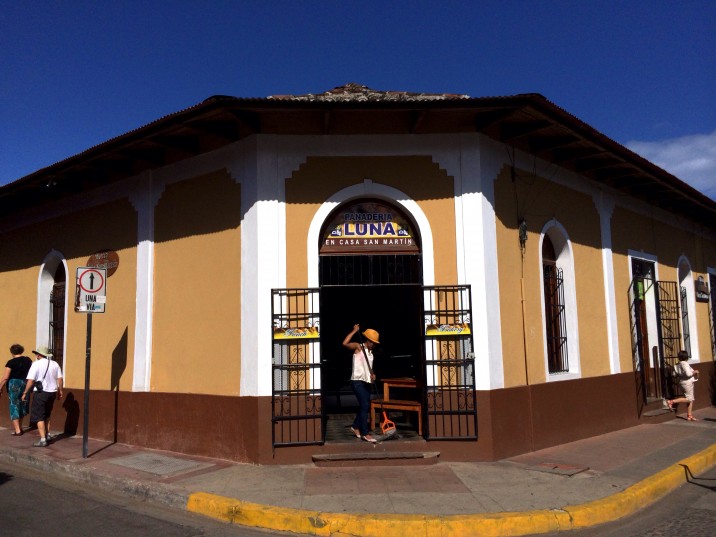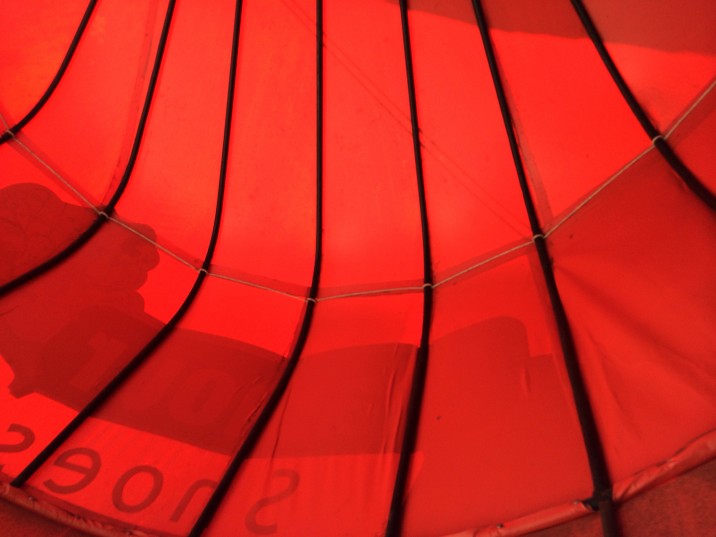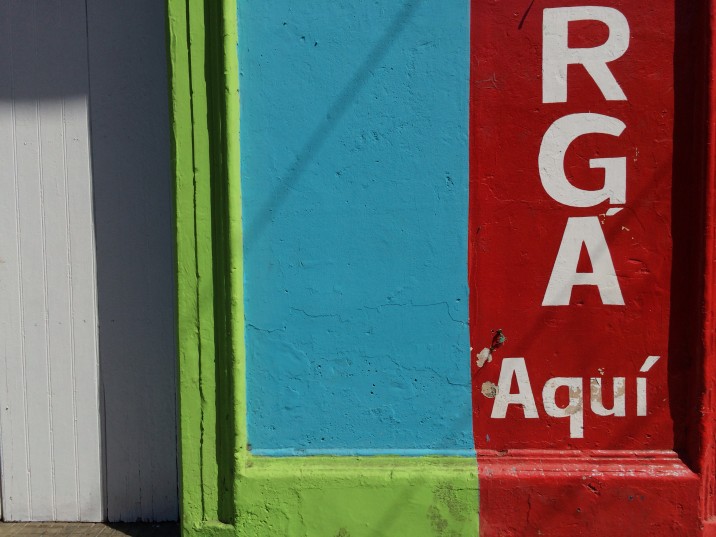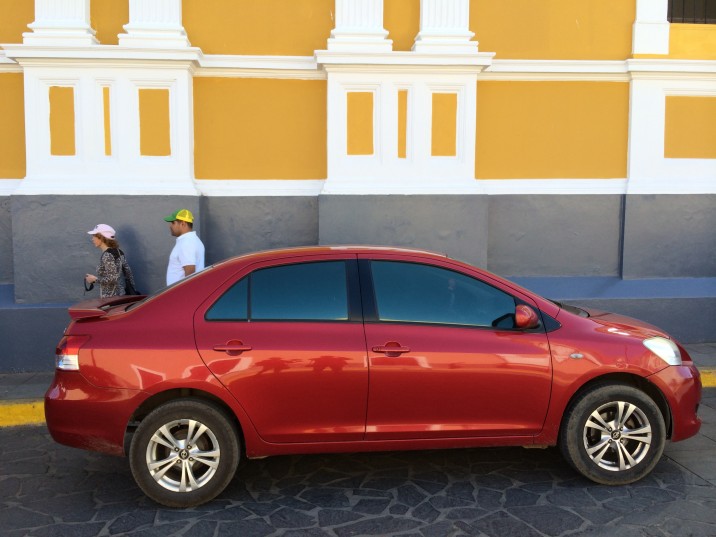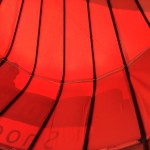Color Your World: The iPhone Photography Way

About Jack Hollingsworth
Jack Hollingsworth, a denizen of Austin, TX, is an award-winning, 30-year career veteran in commercial photography. Jack has fallen in love with his iPhone camera as his primary capture tool. He is also an avid Camera+ devotee and has been since day one. He deeply believes that, when all is said and done, the iPhone may just be remembered as the most influential capture device ever in the history of photography.
I’ve just returned from Nicaragua and the colors there were absolutely spectacular! I simply must write about it!! And show you what I shot.
Let me tell you more so you can put what you just saw into context:
Masaya, Nicaragua
I was in Nicaragua to principally shoot the Masaya Volcano. It was a very moving experience personally, but photographically speaking, it was a difficult subject so shoot and quite honestly, less than picturesque.
On our way to the location, we stopped in the town proper of Masaya – Nicaragua’s third most populous city. The colors were literally electrifying. I could have easily spent the day there. I had only 45 minutes before I had to return to the bus. Rather than get discouraged about my lack of time, I just set things in high gear.
Why am I telling you this? Because you don’t always need a ton of time to come away with great shots. I put my game face on and was ready to get after it. And it worked.
Maysaya, Nicaragua
Color is Everywhere
I live in Austin, Texas. And I have traveled quite a bit to nearby Mexico. The colors of Nicaragua are similar to the colors I have seen in Mexico.
What’s cool about Latin America is that they love their color…so much more than we do here in the U.S. Color seems to be more significant to and for Latin Americans. They celebrate color in the everyday…the common place.
Whether I’m shooting my DSLR or my iPhone, the common denominator building blocks that pull me into a scene or subject are light, exposure, composition, subject and color.
Maybe it’s because color is everywhere in the town of Masaya, or maybe it’s because of the limited time I had to shoot. Either way, all I saw was color. Everywhere. At every turn. So I flew up and down the streets shooting anything and everything related to color. Yes…color is content!!
Color is Everywhere
Getting It Right In-Camera (App)
I know lots of capable and talented mobile photographers who achieve great color effects through post processing apps. I’m not one of those people. I like to get my color right ‘in the camera’. Oddly, I’m happiest when my photos need little to no adjustment tweaks or post processing.
This is exactly why I’m a big believer in Camera+. It gives me all the manual controls I need (and am used to) to set and lock exposure, focus and color balance.
I rarely, even in Camera+, shoot in auto mode. I manually set my exposure and focus points with dual reticles. And I often lock my exposure point to achieve a more colorful, saturated look in my photos.

Celebrating Design
I am married to a wonderful and talented graphic artist, with an impeccable sense of taste, style and design. Through her eyes and encouragement, she has taught me to celebrate design in the everyday. This has so much to do with recognizing and appreciating color.
Like most photographers, I love a good black and white photo. But for me, I love color so much more! It speaks to my heart. It sings to me. It whispers to me. It’s all around me (and you). I notice it everywhere and on everything. It’s hard to resist not shooting in color. Color is life…life is color.
Always having my iPhone in my pocket helps me capture everyday color that I have always admired but never really memorialized in pixel form.
04CelebratingDesign
Color Wheel
I don’t want to sound too academic here, but do yourself a favor…get to know the color wheel. If you take it seriously, it can literally change the way you capture your world. There is indeed a true science behind color and understanding the color wheel will help you appreciate that science. It will make you a better mobile photographer.
Color is a continuum. You start with the primary colors – yellow, red, blue. These mix to form the secondary colors – green, orange, violet. There is another level of color that comes from mixing the primary and secondary colors. These 12 colors (3 primary, 3 secondary, 6 tertiary) form the basic color wheel.

Monochromatic Color Scheme
Monochromatic means containing or using only one color in your photograph. I shoot a ton of monochromatic subjects. Black and white is a type of monochromatic imagery. Varying hues and/or tints of any one color is also a monochromatic color scheme.
Shooting monochromatic imagery distills a photograph down to its basic core, and oftentimes simplifies its content.
Look at these samples of monochromatic images from Masaya, Nicaragua:
Monochromatic Color Scheme
Analogous Colors
I just love looking for analogous colors in both nature and urban environments. Analogous colors are adjacent to one another on the color wheel. Shooting analogous colors brings interest and impact to the overall appearance. Analogous colors are so pleasant and soothing to digest!
07AnalogousColors
Color Intensity
Without a doubt, color affects the mood of an image. Bright colors tend to add energy, buoyancy and strength. Softer tones, on the other hand, tend to add a more calming and soothing effect.
The kind of light you use for your color photographs also tends to play into whether or not the color will be hard (bright) or soft (pastel).
Color Intensity
Stick to 2-3 Colors At a Time
There will obviously be times that you record a cacophony of varied colors in your photographs – complimentary (opposite on the color wheel), or analogous (adjacent on color wheel). But generally speaking, it’s a pretty good rule of thumb to limit the color palette of any photo to 2-3 key colors. This often simplifies the composition and makes the photograph more ‘readable’.
09StickTo2to3Colors
Colonial Granada
Right up the road from Masaya, I continued on my color quest and photographed Colonial Granada. Once again…eye popping color everywhere!!
Granada is known worldwide for its colonial architecture, so, in that same vein, I concentrated on structures and architectural details that screamed color.
10ColonialGranada
As a side note, to achieve deep color saturation in my mobile photography, I regularly underexpose ½ to 1 stop under what the native camera meter tells me.

Seeing Red
Reds, and variations on reds, are my favorite colors in life. So it shouldn’t be any surprise at all that you see a lot of ‘warm’ colors creeping into my photographic repertoire.
Red is the color of passion, energy, emotion and action. Red is energizing. It excites your viewers’ emotions and calls our audience into action.
If you know me…you’re probably smiling. If there is a color that matches my personality…it’s red.
Red may not be your color, but I guarantee that you have your own color. A color that defines who you are and even influences the kind of pictures you take and how you take them. Find that color. Explore that color in more depth. Get comfortable with that color palette.
12SeeingRed
Color Assignment
Here’s a quick assignment for you: Go out and shoot color. Limit yourself to one single color. Don’t worry about what the subject of the photograph is. Just find the color you’re looking for and snap away. Color your world!!
Featured Posts
-
 Camera+ 10 arrives with full depth support, HEIF, accurate viewfinder and smiles!
by Pedro Cuenca
Camera+ 10 arrives with full depth support, HEIF, accurate viewfinder and smiles!
by Pedro Cuenca
-
 A Beginners Guide for Manual Controls in iPhone Photography: ISO
by Jack Hollingsworth
A Beginners Guide for Manual Controls in iPhone Photography: ISO
by Jack Hollingsworth
-
 A Beginners Guide for Manual Controls in iPhone Photography: Shutter Speed
by Jack Hollingsworth
A Beginners Guide for Manual Controls in iPhone Photography: Shutter Speed
by Jack Hollingsworth
-
 How To Shoot Close-Up and Macro Photography With Your iPhone
by Jack Hollingsworth
How To Shoot Close-Up and Macro Photography With Your iPhone
by Jack Hollingsworth
